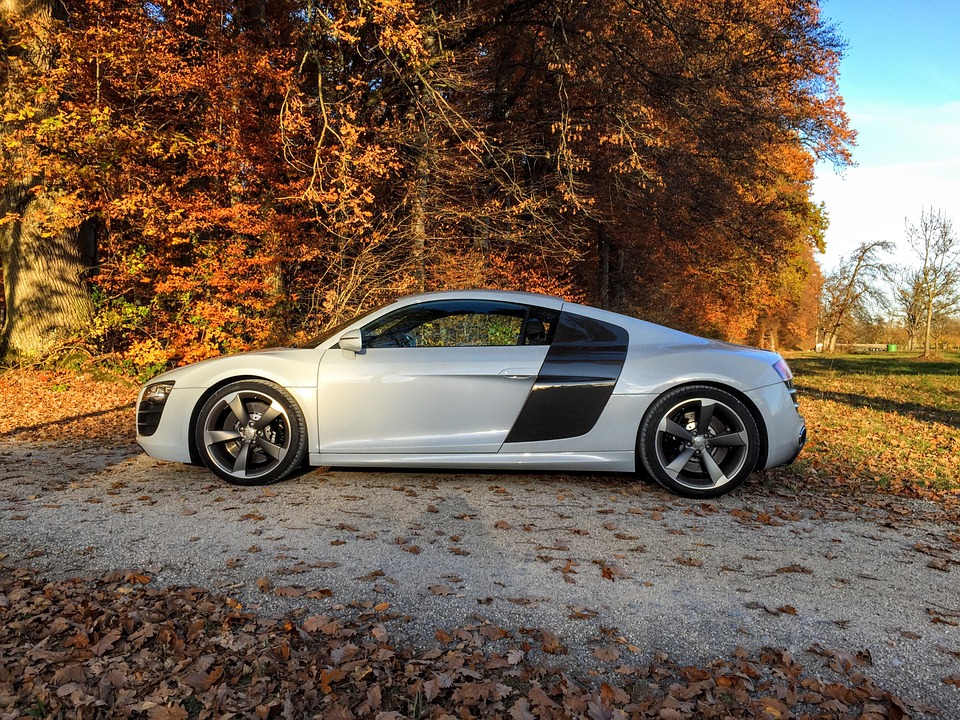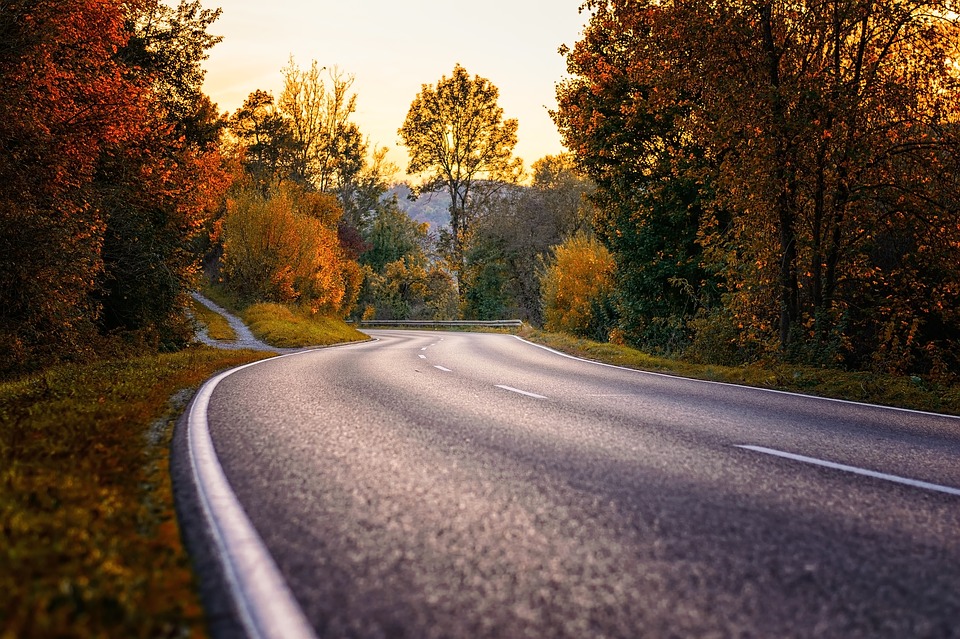Fall is a gorgeous and fun time of the year. The changing leaves and cooler weather make fall one of the best seasons for many. With that being said, the change in weather from summer to fall can add some challenges. With wet roads, fallen leaves and fewer hours of daylight, it’s a good idea to be prepared for the potential hazards ahead. Here New Image Towing details a few fall driving hazards and tips to help keep you safe this season.

New Drivers
As fall gets into full swing, many new drivers are hitting the road. With a new license and a car full of friends, distracted driving becomes even more of an issue. It’s important to stay wary in school zones not only for kids crossing the street but also for young, inexperienced drivers leaving the premises and picking up friends or siblings.
Darkness
When Daylight Saving Time ends, many people will find themselves spending more time driving in the dark. Depth perception, color recognition and peripheral vision can be compromised in the darkness. The glare of headlights from an oncoming vehicle can even temporarily blind a driver. It’s important to stay focused while driving in the darkness and be aware of your surroundings.
Wildlife
The fall season is mating time for deer and other wildlife. If you find yourself driving in a more rural part of town be cautious of wildlife that may dart out in front of your vehicle. An adult deer can weigh 200 pounds or more and can do extensive damage to your car. About 1 of every 100 drivers will hit a deer during the driver’s life behind the wheel. Be wary of your surroundings and slow down if needed to avoid hitting any kind of wildlife. This is one of the many driving hazards that can potentially cause a major accident or death.
Fallen Leaves
As leaves begin to drop during fall, they become potential driving hazards. Leaves can create puddles as they block drains, hide potholes and pavement markings, prompt motorcycles and bicyclists to stray from their designated lanes and turn into a hazardous street when they cover the road. Leaves create a slick hazardous road that reduces traction no matter how new your tires are. It’s important to reduce your speed when coming in contact with a pile of leaves. This can avoid an accident or even worse, death.
Tires
Tires perform better on wet surfaces if they have proper tread. They also stop faster and steer better on dry surfaces. Additionally, proper tire pressure helps keep you rolling smoothly and safely. Expect your tires to drop at least (1) PSI of pressure each month, no matter the weather. When the temperature drops in the fall, that PSI decreases significantly. Tires will drop another pound per square inch of pressure for every 10 degrees of temperature drop. Check tire pressure with a good tire gauge. The pressure inscribed on the tire sidewall itself is a maximum and not the recommended inflation for some vehicles. Be sure to read your vehicle’s manual to know the proper PSI.
Hydroplanning
Ever hit a puddle and slid across the pavement? That’s called hydroplaning. But even before the puddles accumulate, rain can pool on the dust, grime and oil that are on all roads and make the pavement slick. That’s especially true if your area hasn’t had rain in a while. Slowing down is a key way to avoid this. If you’re on a busy road, you can drive in the tracks of cars ahead of you where the road is driest.
Glare
With the days becoming shorter, you might find yourself driving as the sun is setting. The light can shoot straight into your eyes and is more likely to reflect at low angles off buildings, other cars and windows. To avoid this have a pair of sunglasses handy to help reduce glare. Also, don’t look directly into the lights of oncoming traffic when you drive at night. This is a common mistake and can potentially blind you for a short period of time.
Fog
Fall mornings can create hazardous fog, reducing your vision and depth perception. When this happens it’s important to use your vehicle’s fog lights. They shine wide, low beams along the road and onto the edges of the street. Don’t use them instead of your regular headlights but rather in addition to low-beam headlights. When temperatures are cold enough that moisture on the road turns to ice in spots, slow down. Pay special attention to bridges and overpasses. All those “bridge freezes before road” signs are important and can help you avoid these driving hazards.
Need A Tow or Roadside Assistance?
We understand every minute counts! Need Emergency Roadside Assistance or a tow in Forest Park and around metro Atlanta? Whether you have a broken-down vehicle, flat tire, car lockout, or dead battery, New Image Towing’s 24/7 roadside assistance and towing services are just a quick phone call away. With New Image Towing, you will never be stranded on the side of the road or busy highway. Call today for towing services or emergency roadside assistance from the professionals in Forest Park and Atlanta.
